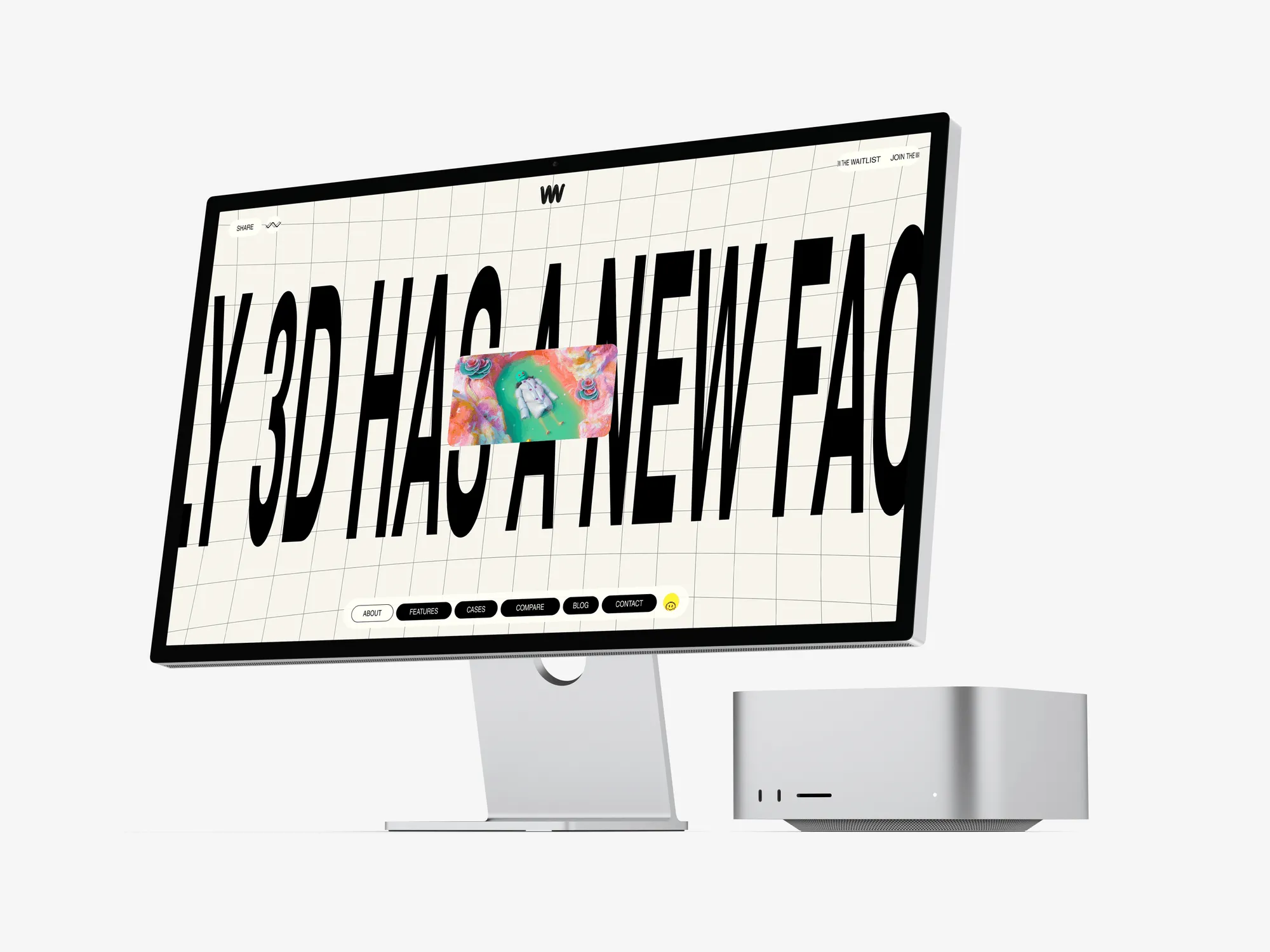
2D design has been around for centuries, and has become an indispensable part of many industries, from fashion to advertising to web design. However, with the advent of 3D printing, virtual reality, and augmented reality, many 2D designers are finding themselves increasingly interested in transitioning to 3D design. While 3D design may seem intimidating at first, the truth is that many of the skills and concepts that you already know from 2D design can be applied to 3D design as well. In this article, we’ll explore the steps you can take to successfully transition from 2D to 3D design.
Learn the Basics of 3D Design
Before you start delving into the world of 3D design, it’s important to have a good grasp of the fundamentals. Start by learning about the different types of 3D software available, and choose one that suits your needs and budget. Once you’ve chosen your software, spend some time familiarizing yourself with the interface and tools. Learn about the different types of objects you can create in 3D, such as meshes, curves, and surfaces, and the different ways you can manipulate them.
Womp is a free easy 3D design software, which lets you create 3D avoiding the hassle of learning a gazillion new terms and concepts, and the best part - you can start creating 3D right off your browser for free!
Open Womp to start your 3D journey
Use Your 2D Design Skills to Your Advantage
One of the advantages of transitioning from 2D to 3D design is that many of the skills you’ve already learned in 2D design can be applied to 3D design as well. For example, if you have experience with composition, color theory, and typography, you can use these skills to create more visually appealing 3D designs. Additionally, if you have experience with digital painting or drawing software, you may already be familiar with tools such as layers and masks, which are also present in many 3D design programs.
Start with Simple Designs
As with any new skill, it’s important to start with simple designs and gradually work your way up to more complex ones. Start by creating basic shapes such as cubes, spheres, and cylinders, and then move on to more complex objects such as furniture or vehicles. As you become more comfortable with 3D design, you can begin experimenting with more advanced features such as texture mapping, lighting, and animation.
Take Advantage of Online Resources
There are many online resources available to help you learn 3D design, from online tutorials to forums where you can ask for advice from more experienced designers. Some popular websites for learning 3D design include Blender Guru, CG Cookie, and Digital Tutors. Additionally, many 3D design programs like Womp have built-in tutorials and help sections, which can be a great resource for beginners.
Practice, Practice, Practice
As with any skill, practice is key when it comes to transitioning from 2D to 3D design. Set aside time each day or week to work on 3D designs, and experiment with different techniques and styles. As you become more comfortable with 3D design, try to challenge yourself by creating more complex and ambitious designs.
Network with Other Designers
Networking with other designers can be a great way to learn new skills, get feedback on your designs, and find job opportunities. Join online communities such as Facebook groups or forums, attend industry events and conferences, and reach out to other designers on social media platforms such as LinkedIn.
By building a network of contacts in the 3D design industry, you can gain valuable insights and advice that can help you succeed in your new career. Our Discord community will definitely help you build your 3D network, join in!
Consider Further Education or Training
If you’re serious about transitioning to 3D design, you may want to consider further education or training. Many colleges and universities offer degree programs in 3D design, as well as online courses and workshops. These programs can provide you with a more comprehensive education in 3D design, as well as access to specialized tools and resources. Additionally, many companies offer training programs for their employees, so if you’re already working in a related field, ask your employer if they offer any 3D design training opportunities.
Keep Up with Industry Trends and Technology
Finally, it’s important to stay up-to-date with the latest trends and technology in the 3D design industry. This can help you stay competitive in the job market and ensure that your designs are current and relevant. Subscribe to industry publications such as 3D World or 3D Artist, follow influential designers and companies on social media, and attend industry events and conferences to stay up-to-date on the latest developments in 3D design.
In conclusion, transitioning from 2D to 3D design may seem like a daunting task, but with the right mindset, tools, and resources, it can be a rewarding and fulfilling career move. By learning the basics of 3D design, using your existing skills to your advantage, starting with simple designs, and taking advantage of online resources and networking opportunities, you can successfully make the transition to 3D design. Remember to practice regularly, stay up-to-date with industry trends, and consider further education or training to help you achieve your goals. Good luck!